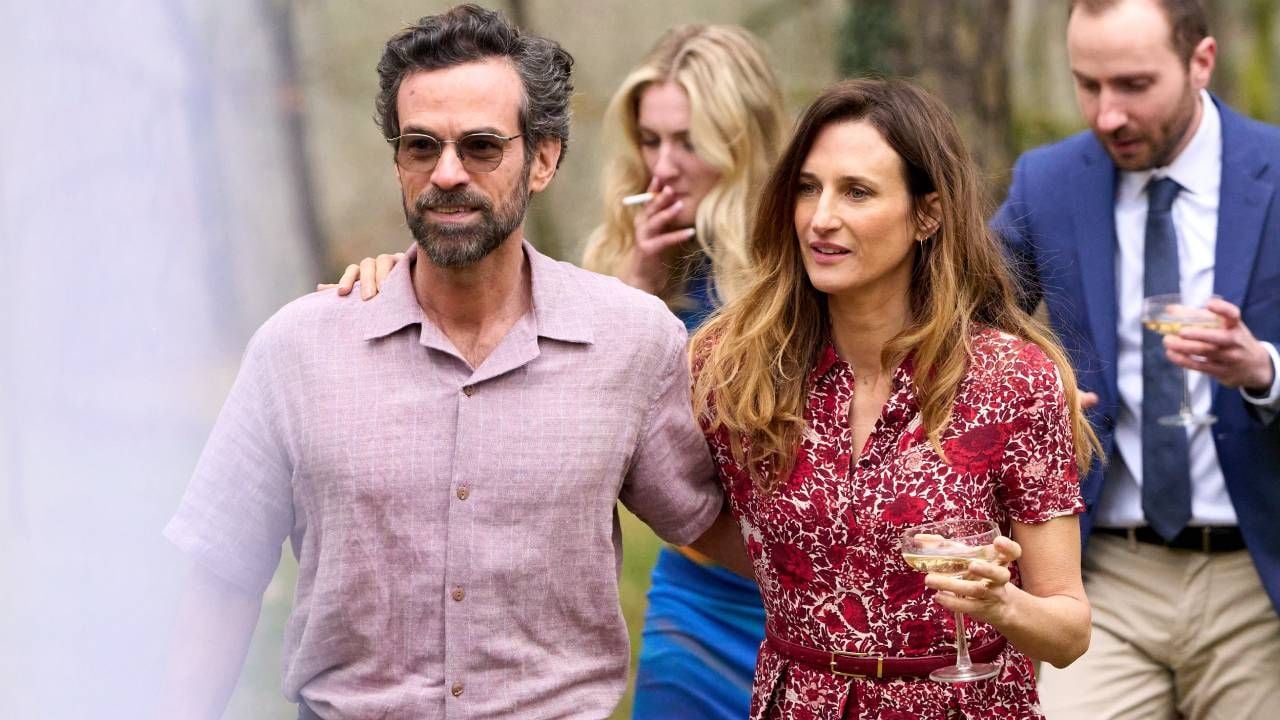Carlos Lyra, one of the main names of bossa nova, died in the early hours of this Saturday (16/12), at the age of 90. The composer had been hospitalized since Thursday (14/12) at the Unimed hospital, in Barra da Tijuca, due to a fever worsened by an infection. Known for timeless classics, Lyra has left an invaluable legacy on the Brazilian music scene.
Born in Rio de Janeiro in 1933, he began his musical journey as a child, developing over the years as a talented composer and guitarist. He was one of the founders of the Guitar Academy, an important musical birthplace of bossa nova, and had a significant participation in the development of the genre. In addition to his songs, Lyra collaborated with big names such as Vinicius de Moraes, João Gilberto and Tom Jobim, who considered him the “greatest melodist of Brazil”.
Origins of bossa nova
The Guitar Academy was a point of reference in the Rio de Janeiro music scene, located in a studio apartment in Copacabana. Despite the modest space, provided by a friend of Lyra’s, the academy was essential to the birth of the first bossa nova songs and became a hotbed of bossa nova talent, frequented by artists such as Marcos Valle, Edu Lobo, Nara Leão and Wanda Yes. Interestingly, the gym closed down after an incident involving a used condom found on the couch.
The public began to recognize Lyra’s talent with the song “Menino”, performed by Sylvia Telles in 1956.
In 1957, Lyra attended the first bossa nova show at the Hebrew Society, which used the expression bossa nova for the first time. In 1959, João Gilberto included Lyra’s songs on his historic LP “Chega de Saudade”, such as “Maria Nobody”, “Lobo Bobo” and “Saudades Dez um Samba”. Lyra prioritized composition, having a significant presence in João Gilberto’s first three albums.
Another great collaboration between the artist was the one with Vinicius de Moraes, which began in the 1960s: together they created more than 20 songs, many of which have become icons of bossa nova and Brazilian popular music. Among these works stand out the soundtrack of the musical “Pobre Menina Rica” (1962) and songs such as “Você e Eu”, “Coisa mais Linda” and “Minha Namorada”. These songs not only define the sound and spirit of bossa nova, but also remain relevant, being constantly re-recorded and reinterpreted by new artists. It is no coincidence that Vinicius referred to Lyra as part of the “Holy Trinity” of bossa nova, along with Baden Powell and Tom Jobim.
Political and artistic commitment
In addition to her musical contribution, Lyra has also been actively involved in the political and cultural scene. In 1961 she was one of the founders of the Popular Culture Center (CPC) of the National Union of Students (UNE), where she introduced young composers from the South Zone of Rio, such as Nara Leão. She also composed the “Samba da Legalidade” during the Legality Campaign – to prevent a coup d’état and secure the inauguration of President João Goulart.
In 1962, he scored “Couro de Gato”, an award-winning short film by Joaquim Pedro de Andrade that was included as a segment of the historical film “Cinco Vezes Favela”, as well as composing the soundtrack for “Gimba”, directed by Flavio Rangel. In the same year he also participated in the historic Bossa Nova Festival, held at Carnegie Hall in New York, which placed bossa nova on the international scene.
With the military coup of 1964, Brazil’s political scenario underwent a dramatic transformation, which profoundly affected artists and intellectuals. Lyra, known for his firm political positions, felt the impact of these changes directly and, faced with the repressive environment established by the military regime, decided to leave the country. During his exile, he lived and worked in the United States and Mexico, continuing to produce music and express his ideas through art, in contact with American artists such as Stan Getz. His return to Brazil occurred in 1971, a period still marked by intense political repression.
Return to Brazil
Lyra returned married to the American model Kate Lyra, with whom he developed compositions in English such as “I See Me Passing By”, “Nothing Night” and “It’s so Obvious” (version of “Cara Bonita”). But Kate ended up becoming known in Brazil for another reason, thanks to her participation in comedy films such as “A Praça da Alegria” and “Viva o Gordo”, in which she played the role of an ingenuous American – she marked an era with the slogan “Brazilian It’s so cute”. The two had a daughter, Kay Lyra, who also became a singer.
Upon his return, the composer approached television, contributing to the soundtrack of the telenovela “O Cafona” (1971) with the songs “Tudo que Eu Sou Eu Dei” and “Gente do Morro”, the latter original collaboration with Vinicius de Moraes for the show “Eles Não Usam Black-Tie”, by Gianfrancesco Guarnieri.
In 1973, Lyra signed with the Continental record label and released the self-titled album “Carlos Lyra”. But her next album, “Herói do Medo” (1974) was entirely censored and released only in 1975. Outraged, Lyra returned to the United States, where she lived for two years, participating in “primal scream therapy.” Janov and studied astrology at the Sideral School of Astrology. She returned to Brazil in 1976, publishing the book “O Seu Verdadeiro Signo” by Editora Codecri, from the newspaper “O Pasquim”.
He actively participated in the UNE Congress held in Salvador in 1979, leading a choir of five thousand students in the song “Hino da UNE”, written by him and Vinicius de Moraes. And he continued in the 1980s to work on several cultural projects, such as “Vidigal”, a play by Millôr Fernandes, “As Primícias”, by Dias Gomes, and “O Dragão ea Fada”, a play for children award-winning in Mexico, as well as collaborating with the Spanish singer Julio Iglesias.
Big in Japan
His international career exploded with performances in Japan and appearances at jazz festivals, leading to overseas tours that occupied much of his agenda in the 1980s and 1990s. He also released a Japan-exclusive album, “Bossa Lyra,” in 1993.
After composing the soundtrack for the film “Policarpo Quaresma, Hero of Brazil” (1997), he returned to Japan for a series of performances, experiencing an international airlift between performances in Tokyo and Rio. In 2001 his album “Saravá” was released. it was awarded the best reissue of the year by the Japanese magazine Record Collectors.
One of the milestones of the 2000s was his collaboration with lyricist Aldir Blanc. Together they composed 19 songs for the musical “Era no Tempo do Rei”, based on the book by Ruy Castro. This project, created between 2009 and 2010, demonstrated Lyra’s versatility and her ability to adapt to different contexts and musical styles.
Throughout her career, Lyra has participated in numerous commemorative shows, 25 Years, 50 Years and 60 Years of Bossa Nova, as well as being interviewed for several documentaries on the subject. But she never thought about retiring. Last year, when she turned 90, she released her album “Afeto”, a collection of her songs performed by various artists, demonstrating the wide recognition and respect that Lyra has gained in the world of music.
Source: Terra
Earl Johnson is a music writer at Gossipify, known for his in-depth analysis and unique perspective on the industry. A graduate of USC with a degree in Music, he brings years of experience and passion to his writing. He covers the latest releases and trends, always on the lookout for the next big thing in music.





